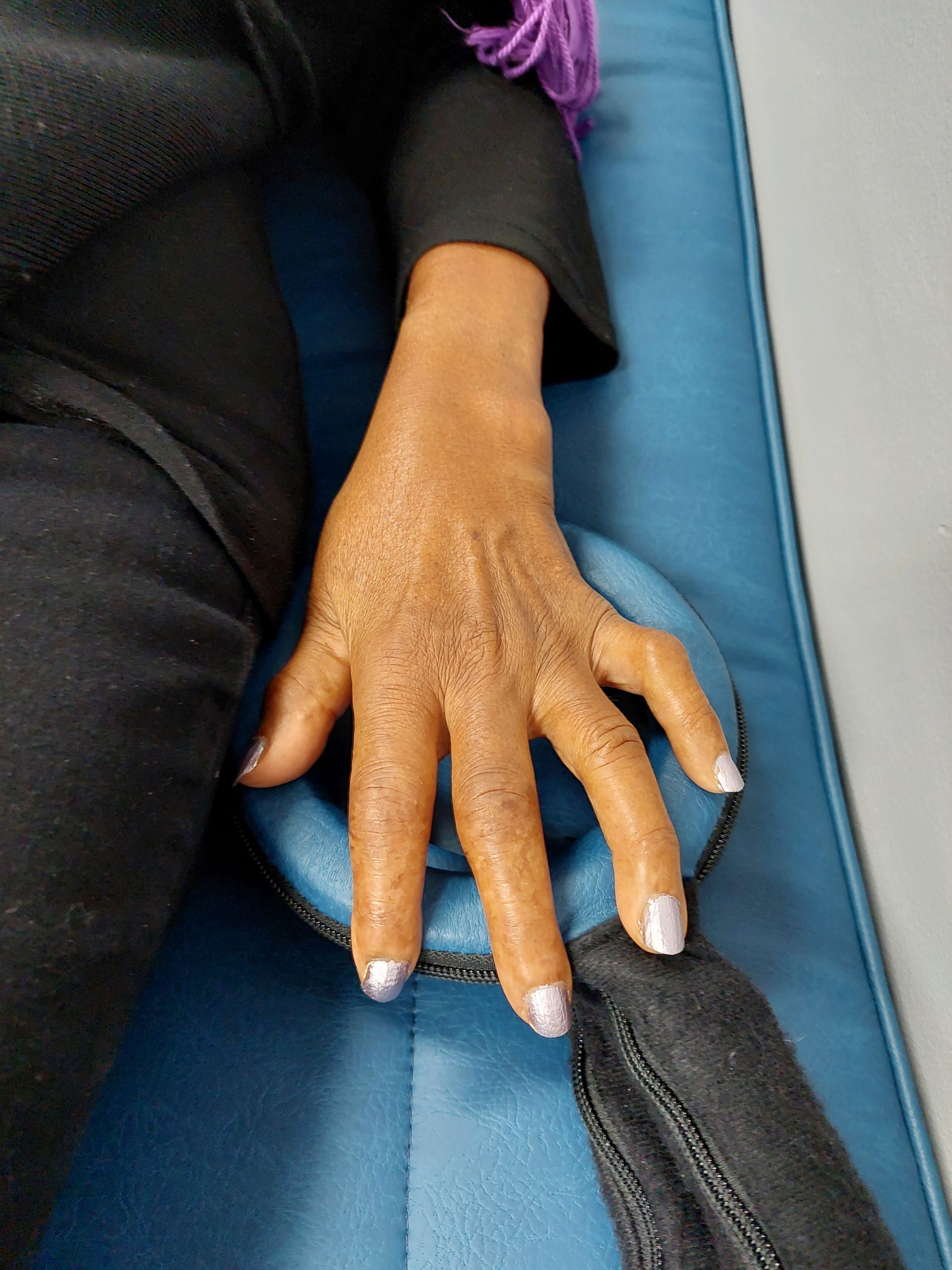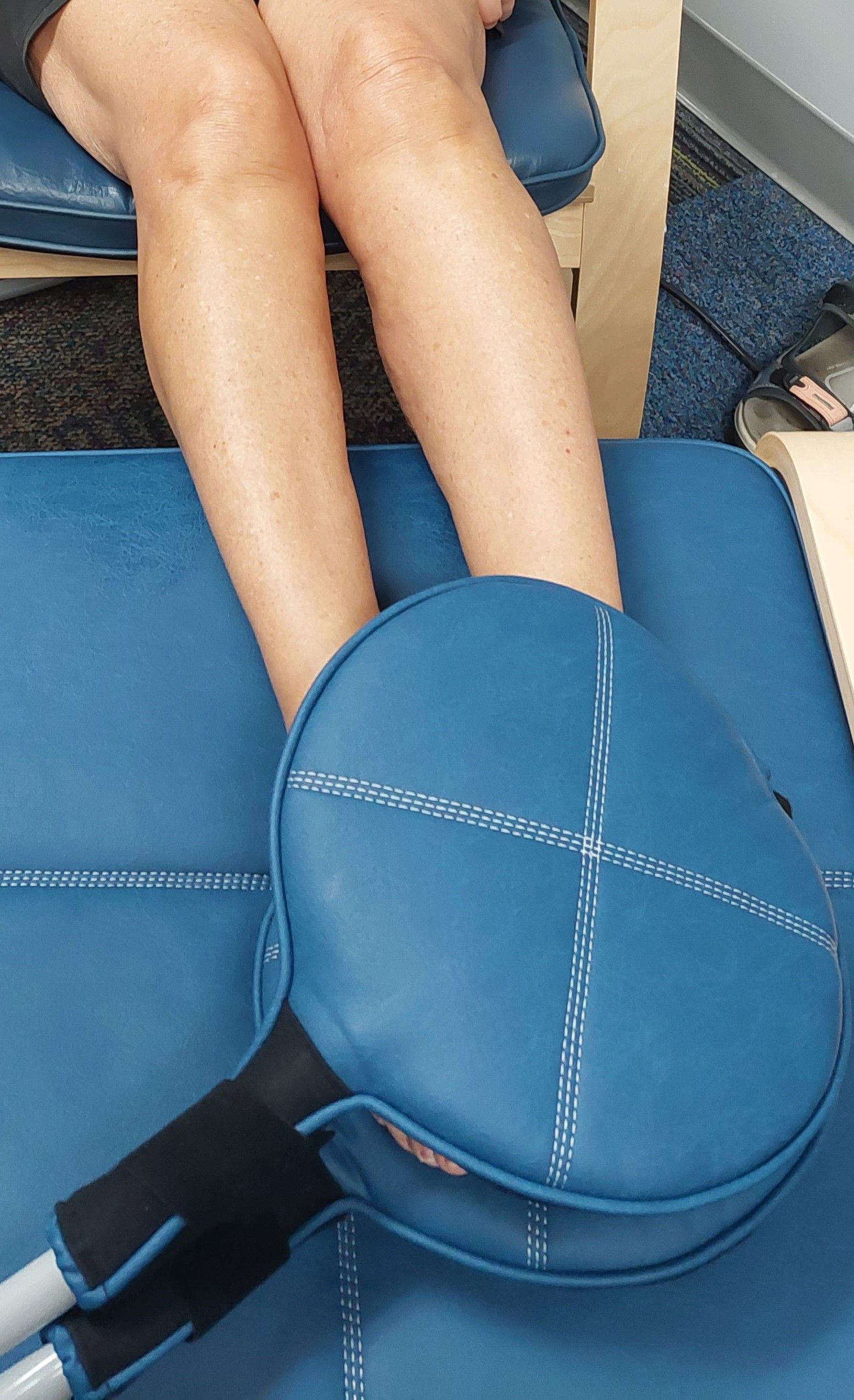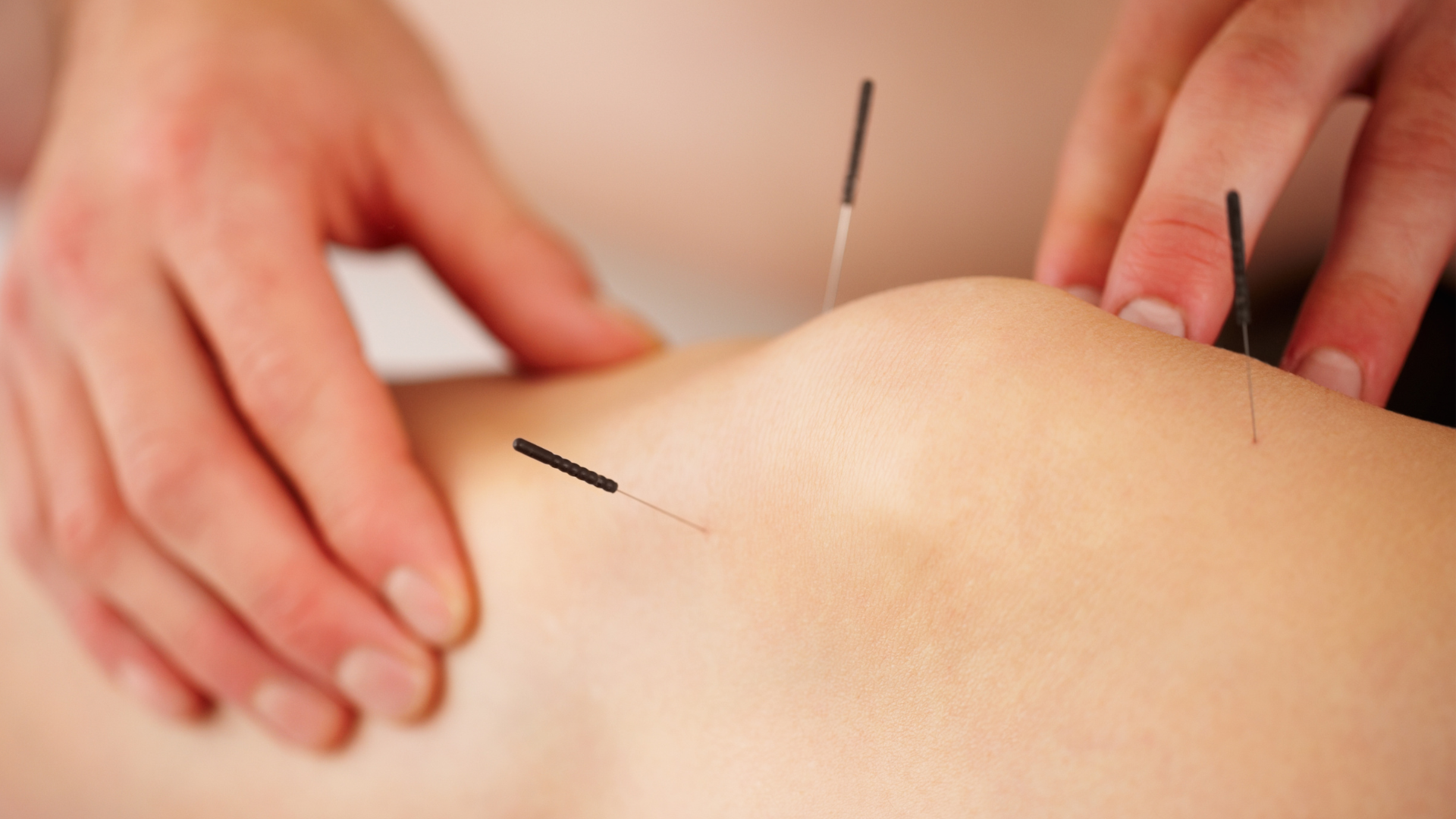Harnessing the Power of PEMF Therapy to Alleviate Neuropathy Symptoms


Neuropathy is a condition that affects millions of people worldwide, causing discomfort, pain,
and impaired functionality. Characterized by damage to the peripheral nerves, neuropathy can
manifest in various forms, such as diabetic neuropathy, peripheral neuropathy, and
chemotherapy-induced neuropathy. The symptoms of neuropathy can range from numbness
and tingling to sharp, shooting pain and muscle weakness. The impact on one's quality of life
can be profound, affecting mobility, sleep, and overall well-being.
Different Types of Neuropathies and PEMF Therapy
One of the most common neuropathies is diabetic neuropathy, which affects up to 50% of
people with diabetes. Diabetic neuropathy can lead to nerve damage in the legs and feet,
causing pain, numbness, and tingling. A study conducted by Weintraub et al. (2003) showed
that PEMF therapy improved the symptoms of diabetic neuropathy, including pain, sensation,
and motor nerve conduction velocity, after eight weeks of treatment.
Another study by Weintraub et al. (2008) showed that PEMF therapy improved the symptoms of
chemotherapy-induced peripheral neuropathy (CIPN), which affects cancer patients undergoing
chemotherapy. The study found that PEMF therapy reduced the severity of CIPN symptoms,
including numbness, tingling, and pain, after just three weeks of treatment.
In addition to diabetic neuropathy and CIPN, PEMF therapy has also been found to be effective
in treating carpal tunnel syndrome, a type of neuropathy that affects the hands and wrists. A
study conducted by Atalay et al. (2017) showed that PEMF therapy improved the symptoms of
carpal tunnel syndrome, including pain and numbness, after four weeks of treatment.
PEMF therapy has also been found to be effective in treating other types of neuropathies, such
as multiple sclerosis, Parkinson's disease, and Alzheimer's disease. A study conducted by De
Giorgi et al. (2013) showed that PEMF therapy improved the symptoms of multiple sclerosis,
including motor function, balance, and fatigue, after six months of treatment. Another study by
Xing et al. (2015) showed that PEMF therapy improved the symptoms of Parkinson's disease,
including tremors and stiffness, after four weeks of treatment. A study conducted by Lappin et
al. (2012) showed that PEMF therapy improved the symptoms of Alzheimer's disease, including
cognitive function, after eight weeks of treatment.
Conventional Treatment Approaches:
Current treatments for neuropathy often involve medications such as pain relievers, anti-seizure
drugs, and antidepressants. Physical therapy and lifestyle modifications are also commonly
recommended to manage symptoms and improve functionality. However, these approaches
may not always provide long-term relief, and some medications carry the risk of side effects.
How PEMF Works
PEMF therapy works by delivering electromagnetic pulses to targeted areas of the body. These
pulses create a series of electrical charges within the cells, activating cellular processes and
promoting healing. The electromagnetic fields generated by PEMF devices mimic the natural
frequencies of the body, optimizing the cellular environment for regeneration and repair.
Benefits of PEMF for Neuropathy
Pain Relief: One of the primary symptoms of neuropathy is chronic pain. PEMF therapy
reduces pain by modulating pain signals and promoting the release of endorphins, the body's
natural painkillers. This can significantly improve the quality of life for individuals living with
neuropathy.
Improved Nerve Function: PEMF therapy has been found to enhance nerve function by
promoting the regeneration of nerve fibers and supporting the maintenance of a healthy cellular
environment. This can lead to improvements in sensory perception and motor function,
addressing the root cause of neuropathy.
Inflammation Reduction: Chronic inflammation is often associated with neuropathy. PEMF
therapy has anti-inflammatory effects, helping to reduce inflammation in the affected nerves. By
creating a more balanced and less inflamed environment, PEMF contributes to symptom relief.
Enhanced Blood Circulation: Proper blood circulation is crucial for nerve health and
regeneration. PEMF therapy has been shown to improve blood flow, ensuring that oxygen and
nutrients reach the damaged nerves, promoting their recovery.
Minimal Side Effects.
Unlike some medications used to manage neuropathy, PEMF therapy is generally well-tolerated
and has minimal or no side effects. A patient may feel soreness after the PEMF therapy but this
could be avoided by drinking lots of water. This makes it an attractive option for individuals
seeking alternative or complementary treatments.
References:
1. Atalay, N. S., Köroğlu, F., Gürgen, S. G., & Özkan, H. (2017). The effects of pulsed electromagnetic field therapy
on carpal tunnel syndrome: a randomized controlled trial. Clinical rheumatology, 36(11), 2409-2416.
2. De Giorgi, G., Mancini, F., Lino, A., Tiberio, I., Di Cesare, A., Scarano, S., ... & Foti, C. (2013). Effects of pulsed
electromagnetic fields in patients with multiple sclerosis: a pilot study. Archives of physical medicine and
rehabilitation, 94(5), 984-990.










Contact
Address:
2480 E Bay Dr STE 13
Largo, FL 33771
Email: blueqhealth@gmail.com
Phone: 727-530-7778
Fax: 727-530-7797
All Rights Reserved | BlueQ Health and Wellness
